Your cart is currently empty!

Taking the guesswork out of Greek cooking…one cup at a time
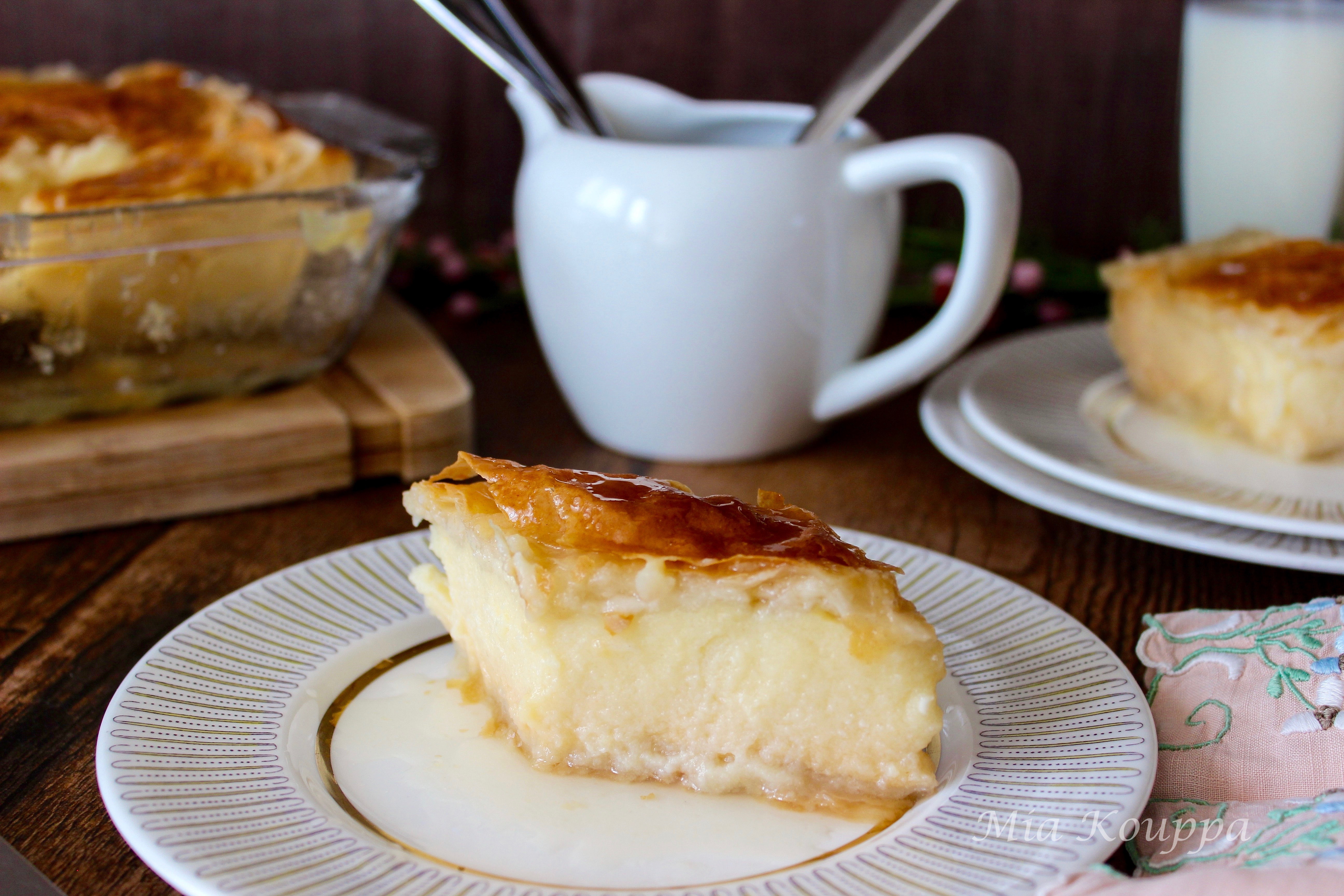
Galaktoboureko, a Greek classic dessert filled with phyllo and a custard filling.
You know how sometimes things sound much more complicated than they actually are? This may be the case with this recipe. We tried our best, but making this phyllo-encased, custard-filled, syrup-soaked dessert may read as though it would be very difficult, but fear not! In reality it is super easy….and oh, so worth it! We have added some extra pictures and videos to help illustrate the technique in case the words alone were too unclear.
Pin this recipe if you like it!
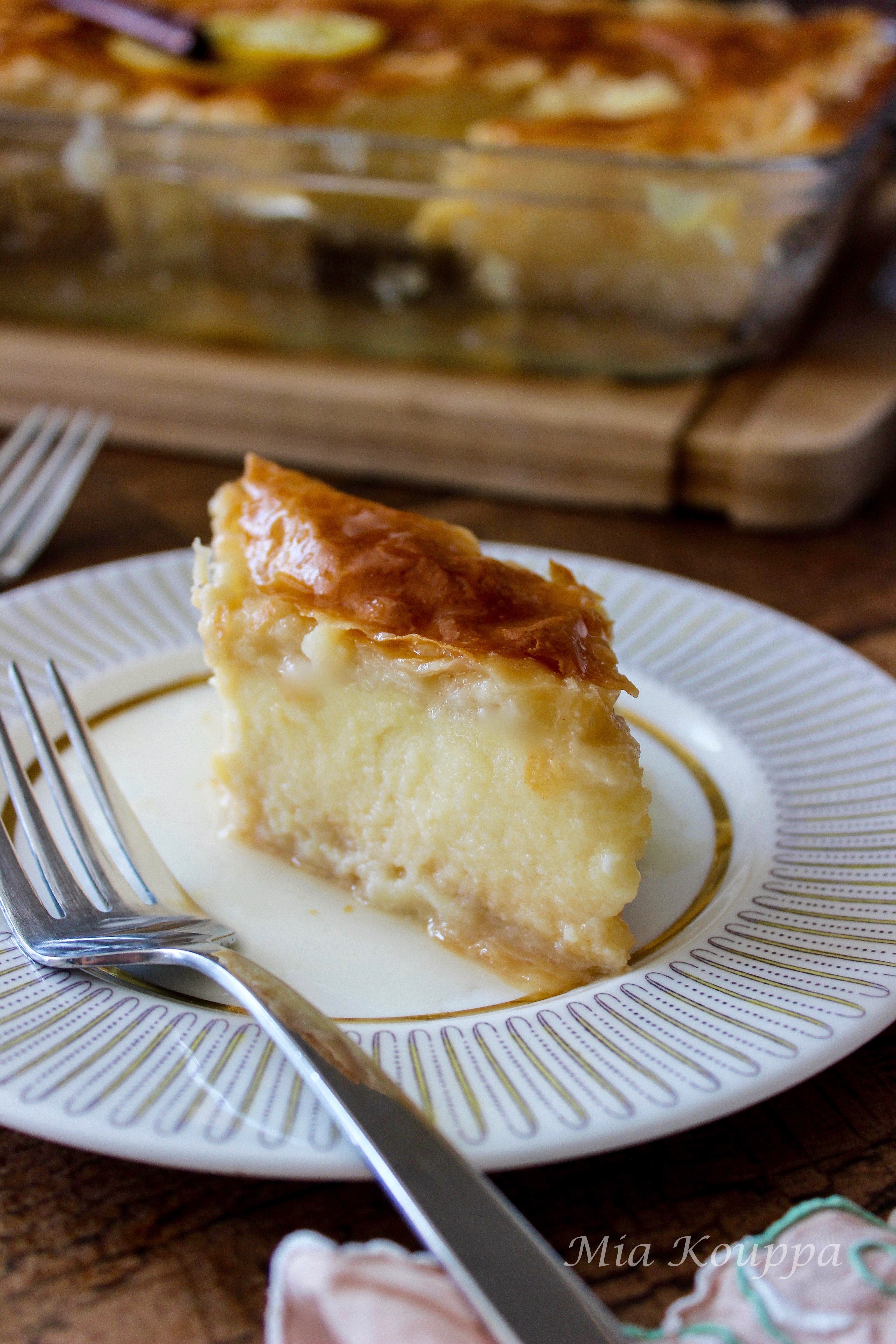
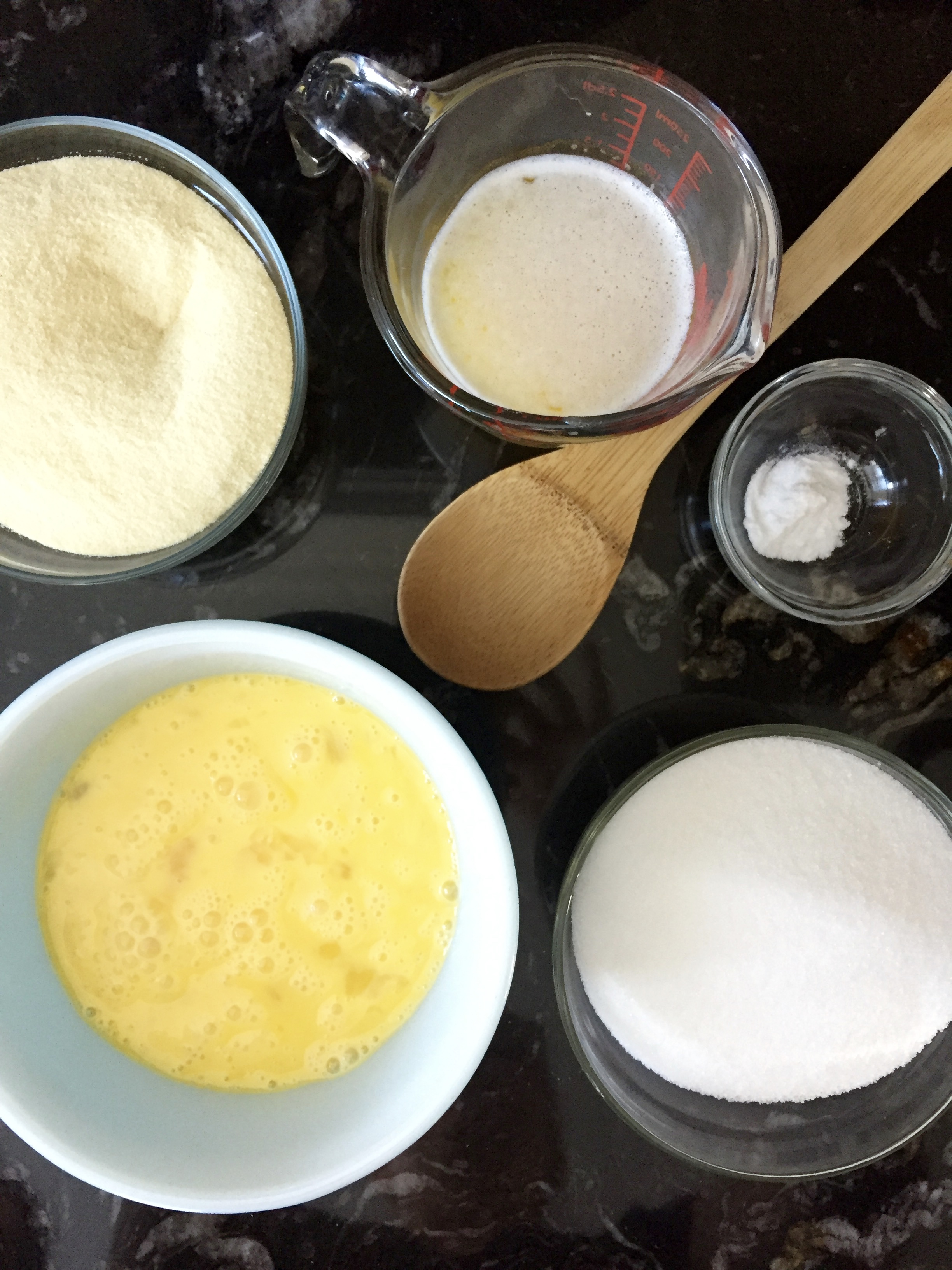
Galaktoboureko is a milk based dessert (gala means milk in Greek) which usually finds it’s way on any Greek dessert table, and always sweetens the end of our parents’ gatherings. For those of you who do not speak Greek, this dessert’s name can be a mouthful, which is okay because you likely won’t be pronouncing it correctly anyways. The Greek alphabet does not have a letter which makes the exact sound of an English “g”, and so the hard “g”used in galaktoboureko is the closest sound there is. The Greek letter gamma ( Γ γ) is a throaty sound, and similar to the noise you might make when trying to clear your throat of … okay, forget it. This is a cooking blog that risks becoming a little gross. Pronounce it anyway you like…no one will mind, especially if you’re the one making it!
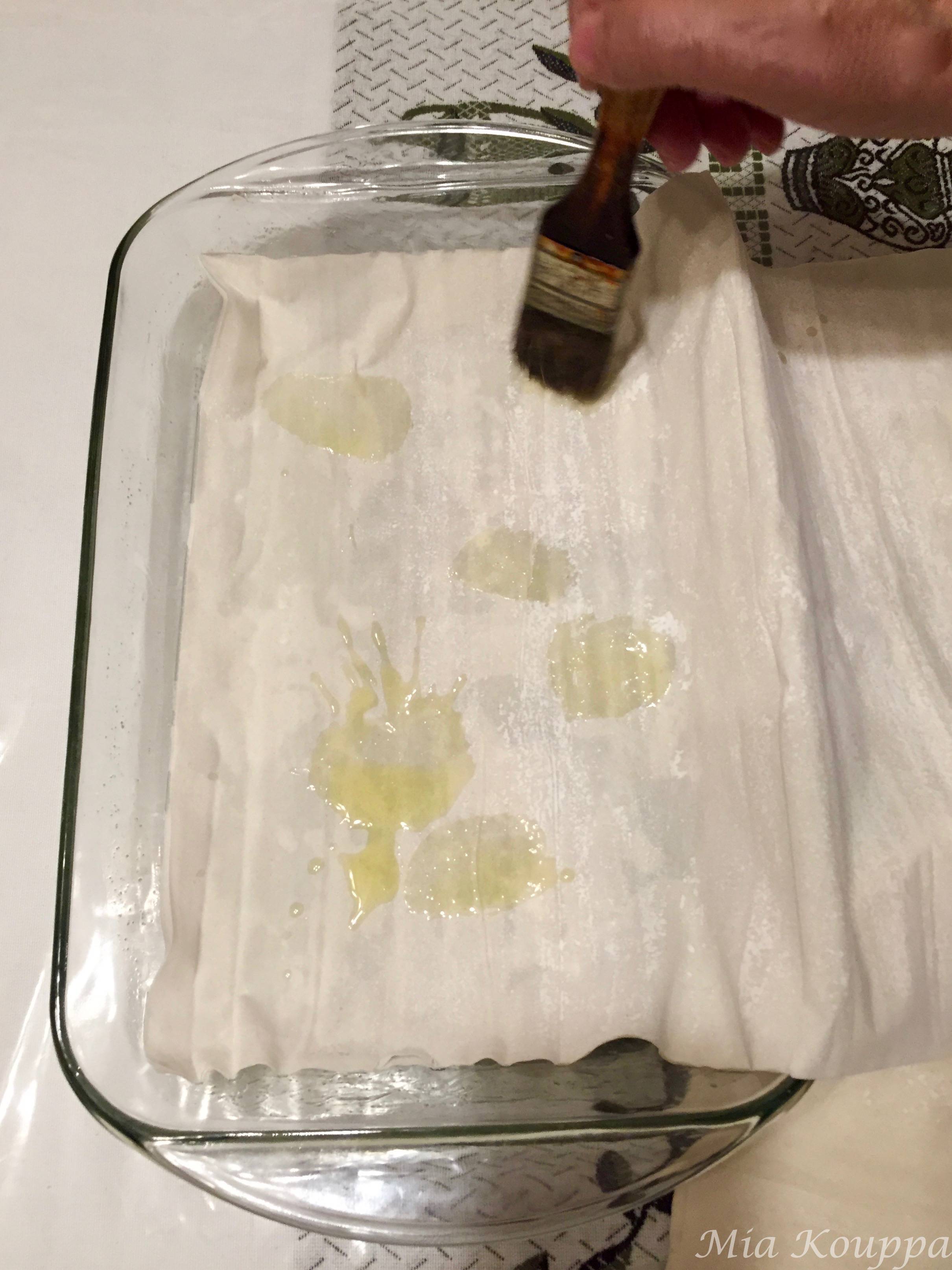

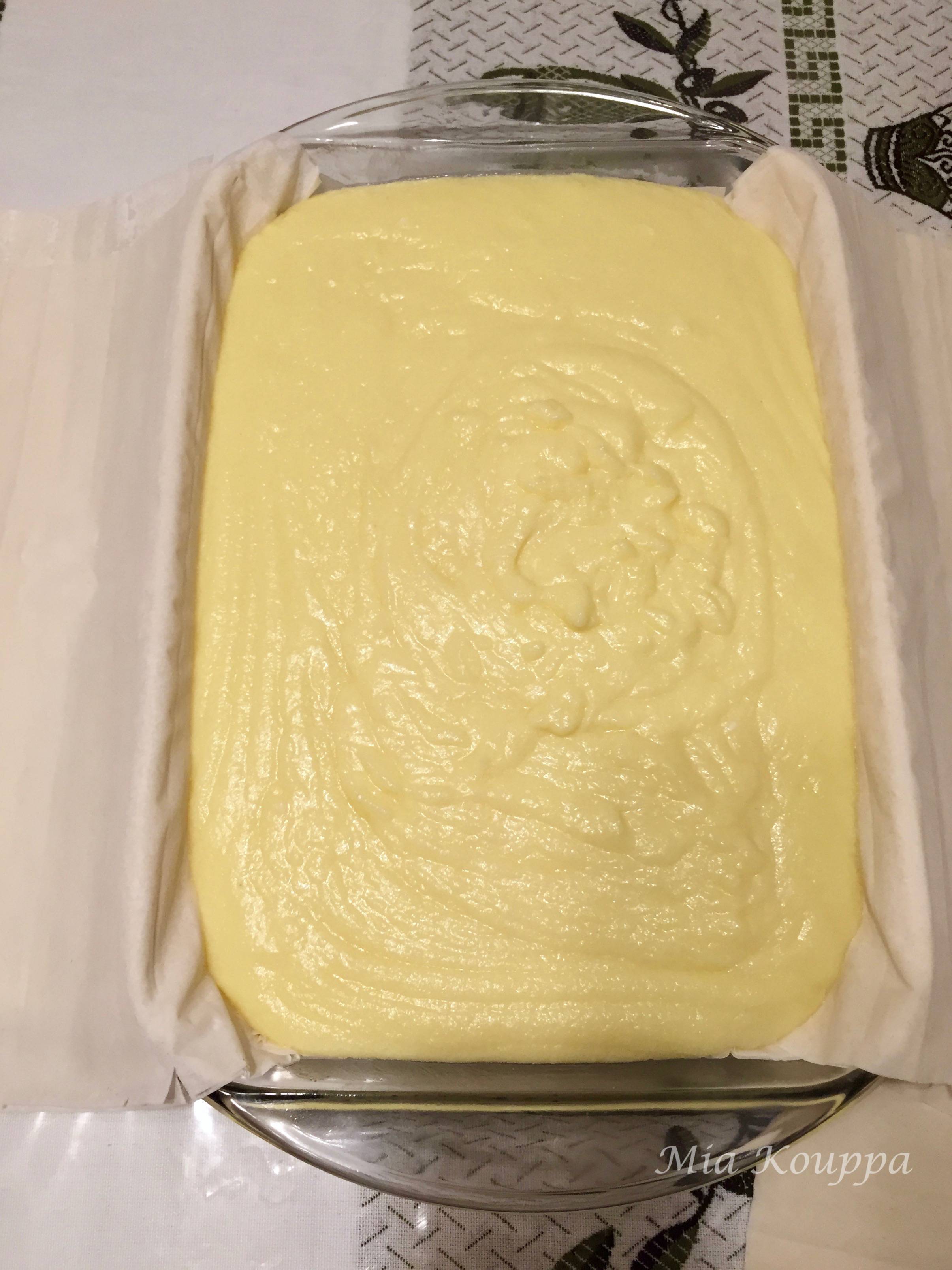
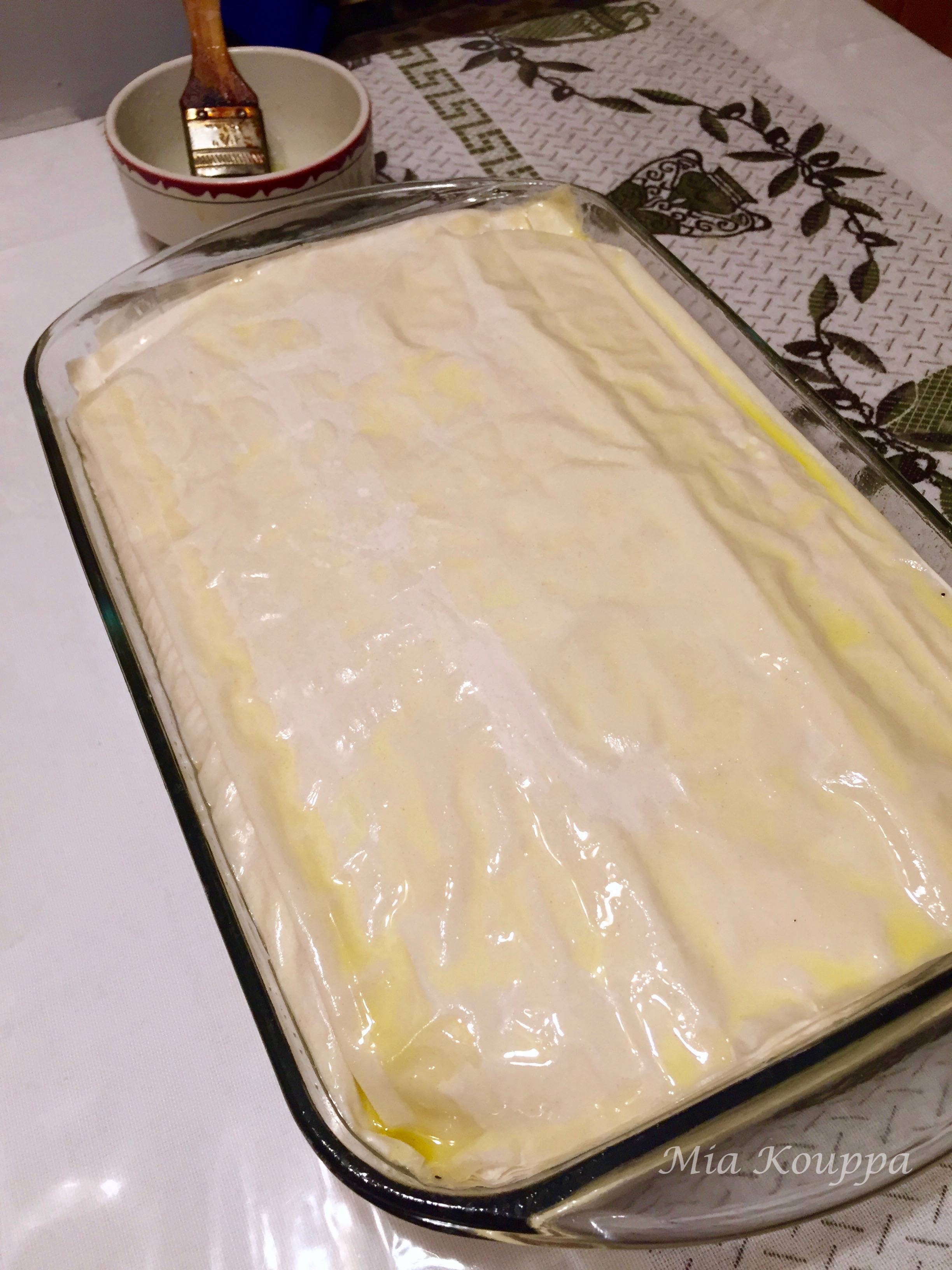
Helpful hints
Galaktoboureko is a perfect dessert for a crowd because one recipe will feed many sweet-teeth (we’ve decided that’s a word). If you are not making this for a gang of people, that’s okay too. Galaktoboureko will keep in the fridge for several days. Some people prefer to eat it cold, straight from the refrigerator, others at room temperature, and others like it warmed up for a few seconds in the microwave.
Watch the video below for another one of our favourite Greek desserts: SAMALI
Phyllo dough (sometimes referred to as filo dough) has a bad reputation as being a finicky ingredient which is difficult to work with. Many recipes warn against the fact that it dries out quickly, tears easily and should therefore be handled with extreme caution. We say, hogwash! Sure, phyllo can dry up when exposed to air for a long time…but it has to be a pretty long time, longer than it will take for you to prepare this dessert, even for the first time. To help avoid the horror of dried phyllo however you can always cover, with a clean cloth, the phyllo you are not yet working with. And yes, it tears…but you know what…who cares? You will have to use several layers of phyllo dough for both the bottom and top of this dessert. If you have a few tears, no one will notice and it won’t effect your end product in the least. Just try to make sure that your top-most layers remain intact, for pretty purposes.

You can find phyllo dough in pretty much any Middle Eastern or Mediterranean grocer, or any well stocked supermarket. It is often available both frozen and fresh. We prefer the fresh variety because we find the frozen phyllo sometimes gets a bit soggy after it has thawed. If the frozen phyllo is all you can find however, go for it!
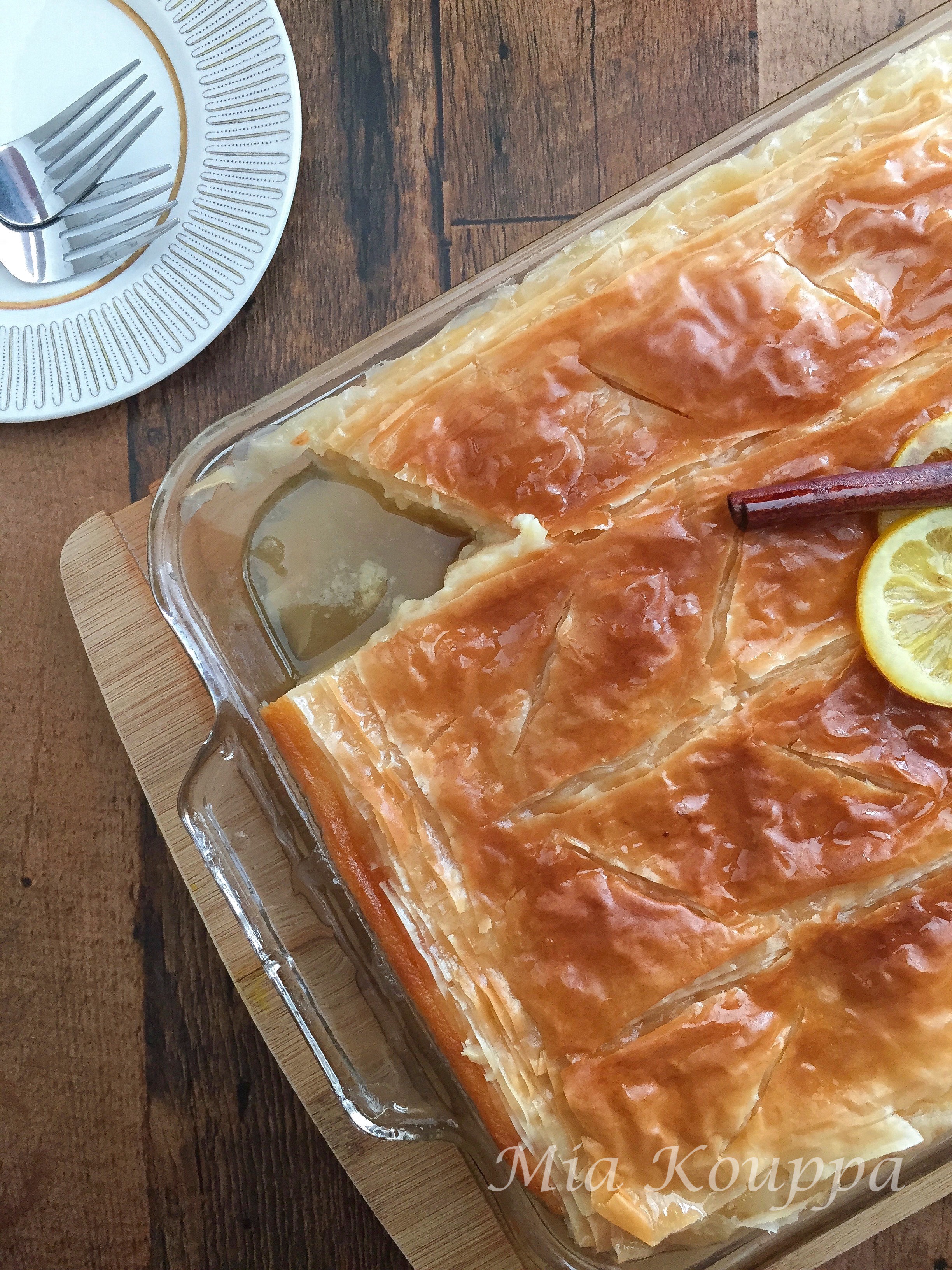
Our parents have used vanilla powder for as long as we can remember, so this is what we use here. If you cannot find vanilla powder, or prefer to use vanilla extract, use the same amount called for in the recipe. Keep in mind that most vanilla extracts are brown in colour and that this may slightly change the colour of your custard. If you don’t want to affect the colour you can purchase clear vanilla extract, usually found at baking supply stores.
The type of semolina used in this dessert will affect the outcome (as we have found out). When recreating this dessert in our own kitchen, the end result looked a little darker and was just a little thick than our parents’ galaktoboureko. After speaking with our folks and showing them our end result, their first question was, “What brand of semolina did you use?”. Seriously!? It seems that the brand, along with the type of semolina used, makes a difference. Our parents only use the Monastiri brand of fine semolina, a product of Greece. If you can find this where you are, we suggest you use it. If not, then experiment with what you have on hand until you come up with a sweet which you love.
This is a very dairy rich dessert, which some people may have a hard time digesting. You can easily substitute lactose-free milk if that helps, and perhaps you can even substitute the butter for margarine…but we’ve never actually tried that. If you do, let us know how it turns out!
Our parents make their galaktoboureko using a glass baking pan (lasagna pan). It is really helpful to use a glass pan as you can easily keep an eye on the bottom layer of your phyllo dough during the cooking process.
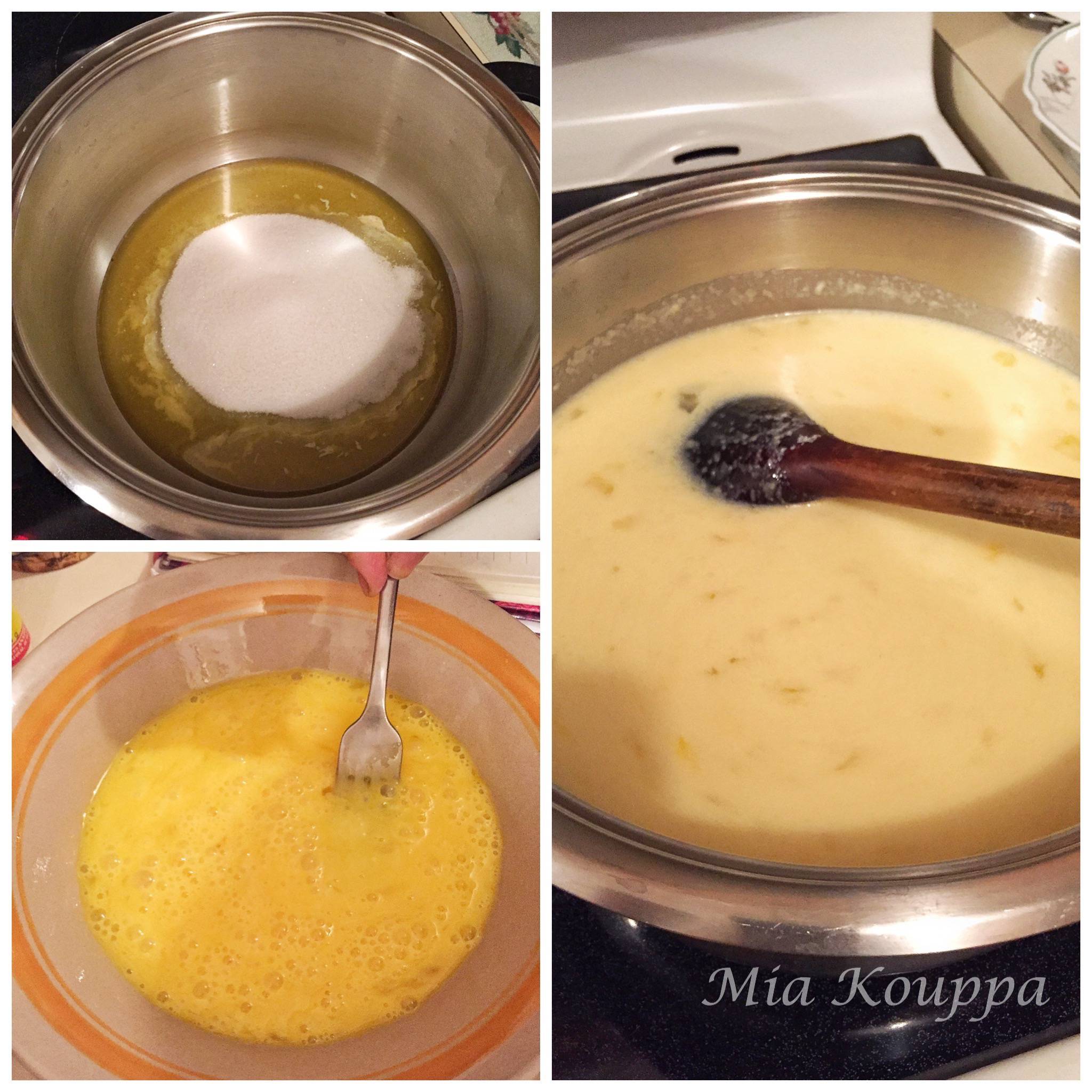
A note about the custard: As you will see when you are reading the recipe, preparing the custard filling involves mixing beaten eggs into a hot milk mixture. When you pour the eggs in it may appear that they are not blending into the milk mixture properly. You may see, for example, egg white which is not fully incorporated into milk. If this is the case, don’t worry…it will all work out! Just keep stirring. However, if your eggs curdle (that is, if they cook and it looks like scrambled eggs) it IS a problem! This can sometimes happen if your milk mixture is too hot when you pour the eggs in, or if you do not stir continuously once the eggs are added. Don’t be too upset if this happens. As our mother says, if you don’t ruin stuff, you’ll never learn. In Greek this piece of kitchen wisdom and motherly advice rhymes (αν δεν χαλάσεις, δεν θα μάθεις), making it much lovelier.
If you’re looking for more classic Greek desserts, try these:
Baklava
Revani with coconut
Portokalopita
We love hearing from you! If you have made our recipes, or if you have a question or comment, or simply want to say Hi!, please leave a comment and star rating below! Also be sure to follow along with us, on Facebook, Instagram and Pinterest. We have lots of fun over there.


[…] Youvetsi with lamb… Lamb burgers with feta… Galaktoboureko (Γαλακτομπούρεκο)… Tomato and feta toast… Vasilopita (Βασιλόπιτα)… […]
Leave a Reply